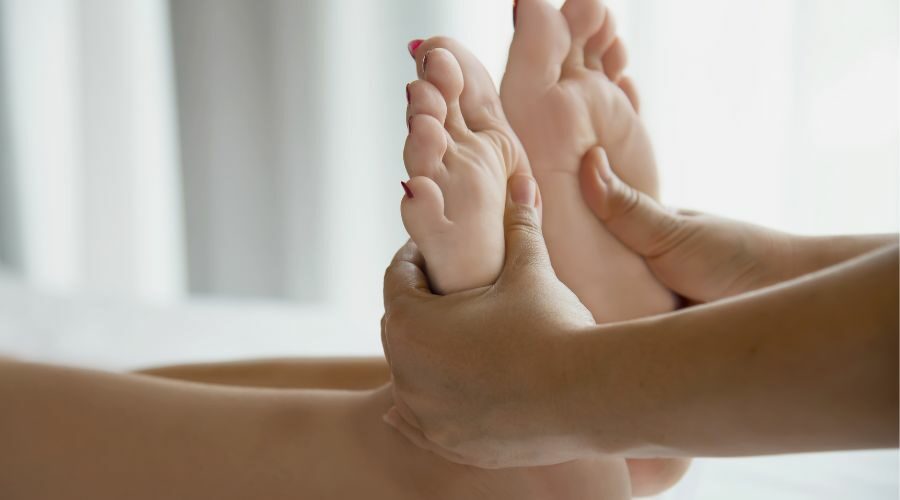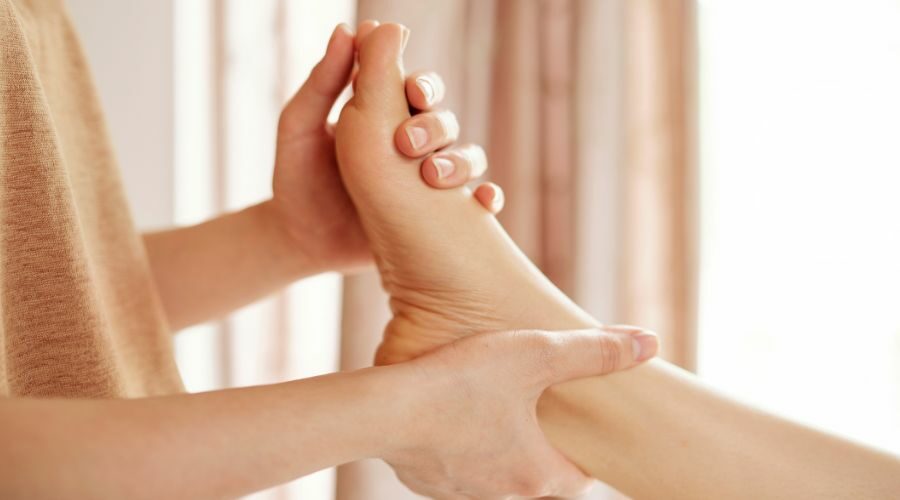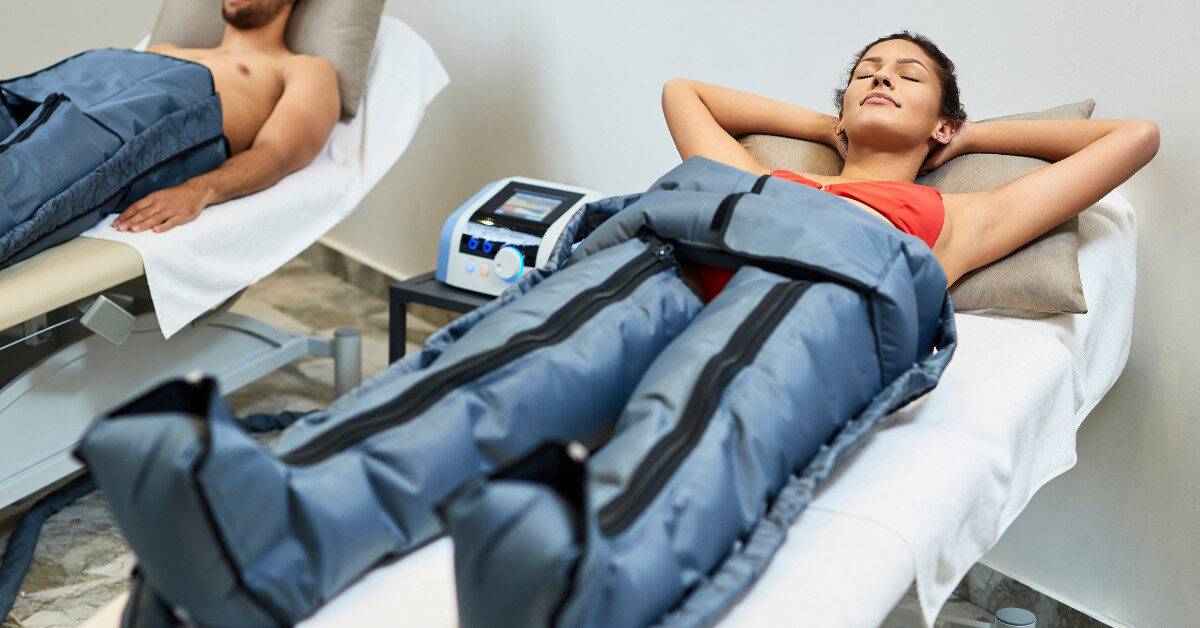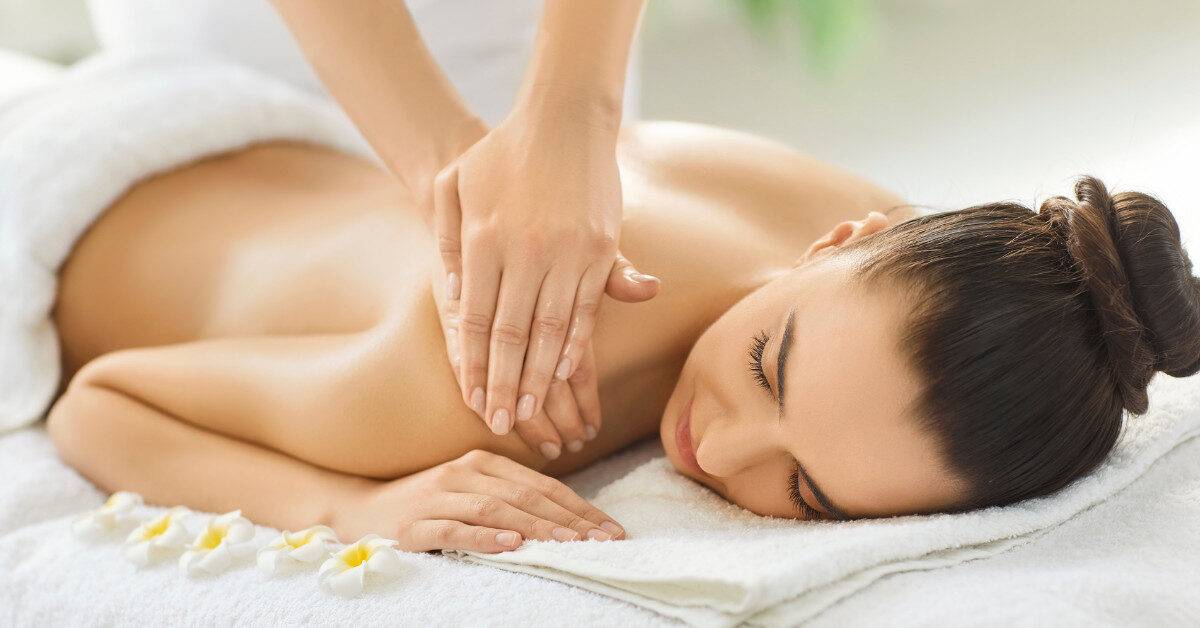Reflexology has become an increasingly popular natural therapy for those seeking non-invasive relief from stress, chronic pain, anxiety, insomnia, and more. As more people turn to holistic wellness practices, one common question arises: How long does reflexology take to show results?
Understanding this timeline helps manage expectations and maximize the benefits of each session. In this guide, we’ll break down what reflexology is, what influences its effectiveness, and how soon you may notice improvements.
What Is Reflexology and How Does It Work?
Reflexology is a specialized wellness technique that involves applying gentle yet targeted pressure to specific points on the feet, hands, and ears. These areas—often referred to as reflex zones—are believed to correspond with different internal organs, glands, and systems of the body. The core philosophy behind reflexology is that stimulating these pressure points can influence the body’s energy pathways and trigger natural healing responses.
-
Each reflex point is mapped to a particular organ or system, such as the lungs, kidneys, spine, or digestive tract.
-
The technique encourages better nerve function and can promote hormonal balance and detoxification.
-
It is commonly used to relieve symptoms of stress, headaches, insomnia, and chronic pain without medication.
By working through these strategic zones, reflexology helps improve circulation, ease muscle tension, promote relaxation, and support the body’s overall natural healing processes. It’s a holistic therapy that not only treats symptoms but also restores balance and harmony throughout the body.
Is Reflexology Immediate or Does It Take Time?
While some individuals may feel better after their first session, reflexology typically works as a cumulative therapy, meaning its benefits build up over time through regular treatments. This natural approach doesn’t force changes in the body but instead stimulates the body’s own self-healing mechanisms, which can vary in responsiveness from person to person. Factors like age, stress levels, chronic conditions, and even emotional well-being can influence how quickly results become noticeable.
How Therapeutic Deep Tissue Massage Enhances Athletic Performance
In many cases, you may experience immediate relief in the form of relaxation, mental clarity, or reduced stress after just one session. However, more persistent or deep-rooted issues—such as hormonal imbalances, chronic migraines, or digestive disorders—often require a series of consistent sessions before significant changes are felt. It’s important to remain patient and view reflexology as part of a long-term wellness plan rather than a one-time fix. Over time, as your body becomes more receptive to the therapy, the results typically become more pronounced and longer-lasting.
What Factors Affect How Quickly Reflexology Works?
Everyone responds to reflexology differently. The timeline for results depends on several influencing factors. Being aware of these can help set realistic expectations and guide your wellness journey.
- Your health condition (chronic issues vs. acute symptoms)
- Frequency of sessions
- Body’s response rate (sensitivity and energy flow)
- Hydration and diet
- Level of stress and emotional state
- Skill and experience of the practitioner
At MG Sports Massage, our certified reflexologists customize each session based on your unique body type and goals, ensuring that you receive the most effective care possible.
How Many Reflexology Sessions Are Typically Needed?

The number of reflexology sessions required will vary based on the condition you’re addressing and how your body responds to treatment. While mild discomfort or tension may improve in one to three sessions, more persistent issues usually require a longer treatment plan.
- Mild issues (e.g., tension, fatigue): 1–3 sessions
- Moderate concerns (e.g., stress, digestive problems): 4–6 sessions
- Chronic conditions (e.g., migraines, hormonal imbalance): 8–10 sessions or ongoing maintenance
What Should You Expect After Your First Reflexology Session?
Most clients report feeling calm, relaxed, and mentally clear after their first session. Reflexology often initiates subtle shifts in the body, even if they aren’t immediately noticeable. Reactions are typically positive but may vary depending on your current state of health.
- Lighter, more relaxed
- Tingling or warmth in specific body parts
- Sleepier than usual or energized
- Temporary detox symptoms (like mild headache or fatigue)
Can Reflexology Provide Instant Relief?
Yes, reflexology can provide instant relief for some individuals, especially when it comes to reducing stress, anxiety, or light physical discomfort. However, lasting benefits typically occur with regular and consistent treatment. It’s important to be patient and stick to your wellness plan for the best outcomes.
- Mental clarity
- Reduced anxiety
- Relaxed muscles
- Better sleep that night
How Long Does Reflexology Take for Specific Conditions?
Different conditions respond to reflexology at different speeds. While some symptoms like stress or mild headaches may ease within a session or two, others—especially those linked to chronic issues—take longer to improve. Your body’s individual response also plays a major role in how quickly reflexology works.
- Stress & Anxiety: Often shows improvement in 1–2 sessions
- Sleep Disorders: May take 3–5 sessions for restful sleep patterns
- Chronic Pain (e.g., back, neck): May require 4–8 sessions
- Migraines: Noticeable relief after 3–6 sessions
- Digestive Issues: Can improve in 2–4 sessions
- Hormonal Imbalance: Gradual change over 6+ sessions
You can always visit our Google Business Profile to explore how reflexology can benefit your unique situation and read real client reviews.
How Often Should You Get Reflexology?
The frequency of reflexology sessions depends on your specific health needs and goals. Consistent sessions create cumulative effects, so scheduling follow-ups helps maintain and build on results. A certified reflexologist will help determine the ideal frequency for you.
- Relaxation/Preventative Care: Every 2–4 weeks
- Managing Chronic Conditions: Weekly for the first month
- Rehabilitation/Post-Injury: Bi-weekly depending on case
- Intensive Healing: 1–2 times weekly initially
How Do You Know If Reflexology Is Working?
It’s not always easy to measure results after one session. However, there are several signs that indicate reflexology is positively influencing your body. Pay attention to how you feel between and after appointments.
- Gradual symptom relief
- Fewer headaches, aches, or digestive problems
- Improved mood and mental focus
- Better sleep and reduced fatigue
- Emotional balance and reduced anxiety
💡 Tip: Keep a journal to track changes after each session.
Reflexology vs Other Therapies: Which Works Faster?
Comparing reflexology to other wellness practices can help you decide what’s best for your needs. Each method has its own timeline and focus area. Reflexology offers a more holistic and gentle approach compared to structural or muscular treatments.
- Reflexology: Ideal for stress, anxiety, and internal organ support. Gradual but lasting.
- Massage Therapy: Immediate muscle relief, short-term unless regular.
- Acupuncture: Quick nervous system stimulation, may require several sessions.
- Chiropractic: Fast adjustment for structural issues.
Real-Life Testimonials: How Long Did It Take?
Every client experiences reflexology differently, but testimonials provide insight into what you can expect. Many people notice both physical and emotional benefits as their sessions progress. The following are actual outcomes reported by clients at MG Sports Massage:
“After three sessions, my migraines became less frequent. I now go monthly for maintenance.”
“The first session calmed my anxiety instantly. By session four, I was sleeping better too.”
“I didn’t feel much after the first session, but after my fourth one, I noticed less bloating and stress.”
Boosting Reflexology Results: What You Can Do
To support and accelerate the healing process, there are a few things you can do outside the therapy room. These practices enhance the benefits of reflexology and contribute to your overall wellness.
- Stay well hydrated
- Avoid alcohol or heavy meals
- Rest and sleep early
- Journal your experience
- Communicate openly with your reflexologist
- Schedule follow-ups consistently

Where Can I Learn More or Book Reflexology?
If you’re ready to try reflexology or curious about how it may help your specific condition, our friendly and experienced team is here to guide you. We encourage you to visit our Google Business Profile where you can view our reviews, service details, and book your appointment directly.
Contact Us – MG Sports Massage
If you’re curious about how reflexology can benefit your specific needs or would like to begin your wellness journey, we invite you to reach out to us. At MG Sports Massage, our experienced team is here to answer your questions, guide you through your options, and help you schedule your first session with ease. Whether you’re dealing with stress, pain, or simply looking to enhance your overall health, we’re ready to support you every step of the way.
Book your reflexology session today and take the first step toward feeling better—naturally.
Final Thoughts: Is Reflexology Worth the Wait?
Reflexology offers long-term value for those who are consistent and patient. While some individuals experience instant results, others find that healing happens progressively over multiple sessions. Either way, it’s a worthwhile investment in your health, especially when delivered by trained professionals.
At MG Sports Massage, we take the time to understand your body, your challenges, and your goals. Our personalized reflexology sessions are designed to bring you one step closer to physical balance and peace of mind.
Frequently Asked Questions about Reflexology
How does reflexology differ from a regular foot massage?
Ans. Reflexology focuses on stimulating specific pressure points in the feet, hands, or ears that correspond with organs and systems in the body. Unlike a regular foot massage, which is primarily for muscle relaxation, reflexology aims to promote overall internal balance and healing.
Can reflexology help with chronic health conditions?
Ans. Yes, reflexology is often used as a complementary therapy for chronic conditions like migraines, back pain, arthritis, digestive issues, and hormonal imbalances. While it’s not a cure, regular sessions can help manage symptoms and improve overall wellness.
Is reflexology safe for everyone?
Ans. Reflexology is generally safe for most people. However, those with certain conditions—such as blood clots, open wounds, or pregnancy—should consult a healthcare provider before starting treatment. A certified reflexologist will always tailor the session to suit your health status.
How should I prepare for my first reflexology session?
Ans. Arrive well-hydrated and avoid eating a heavy meal beforehand. Wear comfortable clothing, and be prepared to discuss your health history. Let your therapist know about any pain, discomfort, or specific concerns you want addressed.
Will I feel sore after reflexology?
Ans. Some clients may experience mild soreness, tingling, or temporary fatigue—this is part of the body’s natural healing response. These sensations usually subside within 24 hours and are a sign that your body is adjusting and releasing built-up tension or toxins.




